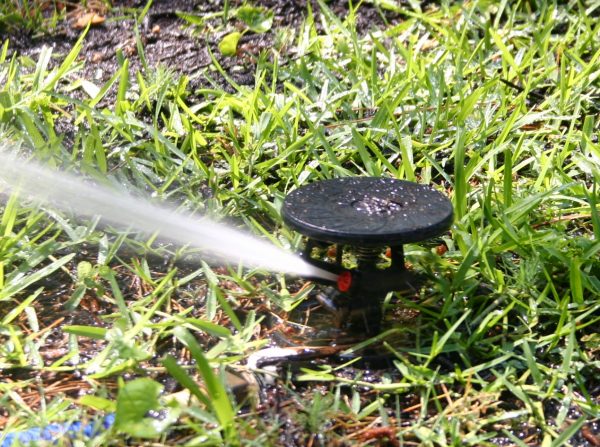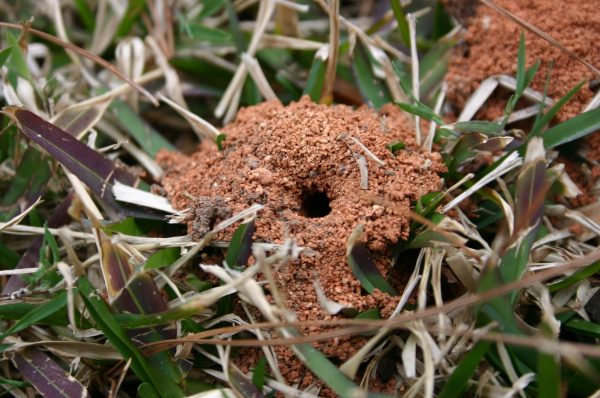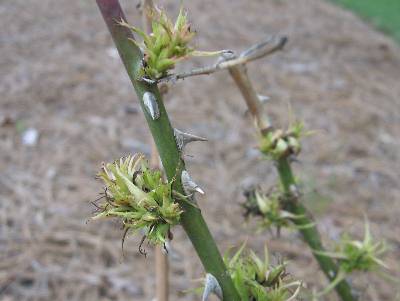Irrigation Systems – Maintenance

Summer’s hot, dry weather can force many Atlanta irrigation systems to work overtime. Lacking an underground system, some homeowners break out the hose and sprinkler. Watering seems to be a mindless task – but done wrong, it can do more harm than good to a lawn. Check your irrigation system savvy with these tips:
DO THEY ALL WORK? If the irrigation system operates while the adults are at work, it may be weeks before someone notices that one or two heads are not working. Grass or dirt can prevent a spray head from extending fully. Tall grass or shrubbery can block the path of water to an important part of the lawn. Cycle through each zone of the system to make sure all sprayers operate smoothly.
POINTING CORRECTLY? Sprinkler heads can become mis-aligned from being walked on or from being run over with a mower. Observe the pattern of each head, particularly those near the street, to make sure they start and stop their spray pattern at the correct points. Irrigating the pavement makes little sense!
THOROUGH COVERAGE? Sprinkler spray patterns should overlap each other. In fact, the best pattern calls for the water from one spray head to almost fall on the next head. If the sprays do not overlap, some areas in the lawn will be drier and some will get more water. The same holds true with portable sprinklers: each time one is moved, it should be placed at the edge of the previously wetted turf and turned on for the same length of time as the preceding watering.
UNIFORM APPLICATION? Even professionally installed systems change their application uniformity over time. Water pressure may change due to new construction, or a broken nozzle may have been replaced by one with a different application rate. It’s easy to check uniformity with ten cups and some large washers. Spread the cups over the irrigated area so they will catch water and weigh each one down with a heavy washer. Allow the system to run for an hour. Measure the depth of water in each cup. If the amount of liquid in the cups varies by much, the watering system is not uniformly applying water. Better uniformity leads to lower water bills, since the system doesn’t have to run longer to get all areas completely wet.
For more instructions, see Checking Irrigation Uniformity












